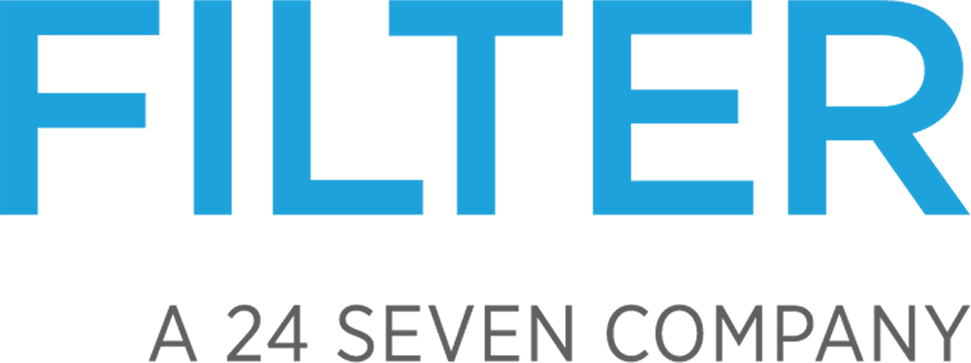Michael has developed design systems for large enterprise companies like HP. “Design systems are an evolving collection of design and experience components, along with their corresponding code, that a company draws on to build product and service applications with greater speed, scale, consistency, and confidence,” says Hinnant. “But more than just the components themselves, a design system is a set of principles, the guidelines, and standards that dictate their use as your organization grows into new product and service territories. These guidelines play a critical role by ensuring that the experiences you build have structure and meaning and that they add value not only to the product but to the brand itself.”
Below is part one of Michael and Aaron’s talk on design systems, including a discussion of how and when to get started, some of the options to consider, and some of the many important benefits of adopting a design system:
Excerpts from the discussion:
On the benefits of a custom-built design system: “You can make it brand-specific, you can really dial it into your brand experience, and the customers that you have and the kind of experiences that you need to support.” – Michael Hinnant
Key points when considering the adoption of an existing design system platform: “Does it match my brand, does it match what my customers are expecting, can it technically handle what my product or service delivers?” – Aaron Bowersock
On the core benefits of design systems: “Certainly from a design and development perspective, there is the acceleration piece…when I have a set of building blocks to build from, then I can design faster, we can develop faster, and it lets the team focus on the harder bits of a piece of an experience.” – Michel Hinnant
When maturing companies move to custom design systems: “You go from wanting to get people to use your product to getting people to experience your brand. I think that’s the tipping point for coming back and revisiting or evolving those design language components to make them more aligned with your entire brand ethos.” – Michael Hinnant
On some of the ways design systems make an impact on UX: “It’s not just the look and feel of colors and layouts, but also the way they behave…a lot of these patterns, you think about motion design, or some of the transitional designs or some of the animation: those aspects of the experience are ways to express your brand that if you’re not looking at them as brand personality expressions, you miss the opportunity to really connect with your customers.” – Michael Hinnant
On some of the hidden ROI from design systems: “The reviews and all of that non-code implementation and non-design time can be really large…when you think about everything from integration and all of the testing, how does QA get impacted by all kinds of different variations and duplication of code and so forth…all of the support costs of, ‘now I’ve got to train my support teams to support different variations of the same kind of experience, and my customers are going to call more often because they’re going to get more confused.’ – all of those costs add up.” – Michael Hinnant
And the organizational benefits: “When you’re working with a different team within your organization, they get a sense of buy-in as well, so maybe you’re not butting heads..it changes to ‘this is the way we’ve agreed to do it because this is what our customers prefer'” – Aaron Bowersock
On the evolution of design systems: “It’s not such a new thing, but the way that it gets used and built and the impact on web applications and the way those are constructed I think is definitely a new evolution in how these kinds of standard guidelines help enable companies.” – Michael Hinnant
In the next installation of this 3-part blog series, Hinnant and Bowersock delve into what a successful deployment of a design system looks like, how to measure return on investment, and additional considerations when adopting a design system. — read part two here, and part three here.
Filter is helping leading brands build and deploy design systems and UX best practices across their organizations. Discover how we can drive greater success for your business: click here to contact Filter and let us know more about your UX needs.







